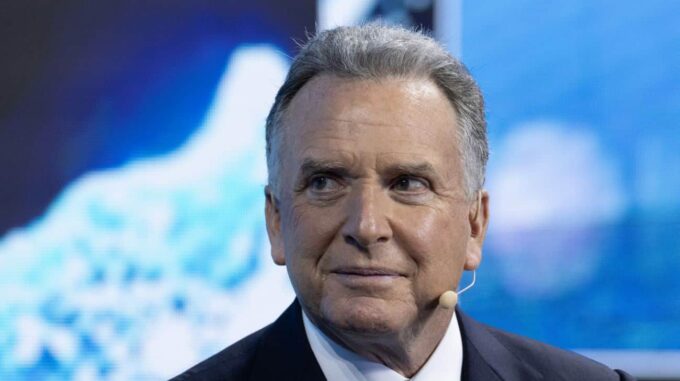Steve Vitkoff, the special envoy of U

S. President Donald Trump, is preparing to present Vladimir Putin with an important document — a list of 22 proposals developed jointly with the European Union and Ukraine concerning ways to resolve the prolonged crisis surrounding Ukraine. This information was received from sources within American and Western circles, citing NBC News and "European Truth." According to sources, the prepared 22-point letter clearly outlines the conditions, including a proposal for an immediate 30-day ceasefire — a step necessary to initiate further negotiations. Importantly, these proposals take into account one of Moscow’s key demands — the absence of support from the U.S. and its allies for Ukraine’s accession to NATO. This issue, as the sources note, has become one of the main stumbling blocks in the negotiation process. One of the interviewees stated that the "terms letter" is created to offer Putin a way out of a deadlock. Accordingly, the United States hope that these proposals will pave the way for de-escalation of the conflict and steer the dialogue toward a more constructive course. The sources mention that Vitkoff intends to deliver this document personally to the Russian leader; however, the exact date of the meeting has not yet been determined. The background of these initiatives is quite dramatic. On May 10, at a summit organized by an international coalition insisting on the need to restore control over the situation, a resolution was adopted — an unconditional ceasefire begins on May 12. This step is a key phase in the diplomatic process, and if Putin refuses to support it, the West intends to sharply intensify sanctions against Russia. According to statements by Western politicians, in case the conditions of the ceasefire are not fulfilled and Russia continues to escalate, it will face an even more extensive tightening of economic pressure. Sanctions that have already affected key sectors of the Russian economy are planned to be significantly intensified to force Moscow back to the negotiating table and fulfill the main conditions set by the international community. Overall, Vitkoff’s initiative demonstrates that the U.S. administration sees an opportunity for diplomatic resolution of the conflict but insists on clear and unequivocal conditions. Experts note that a compromise is only possible with the collective support of the international community and Russia’s willingness to take the first step toward peace. At the same time, despite the high level of tension and serious signals from negotiations, the official Moscow has so far remained silent regarding these proposals, leaving the question of future diplomatic steps open. However, it is understood that any dialogue and compromise after prolonged escalation require political will from both sides and the ability to find common ground even in the most difficult circumstances.

